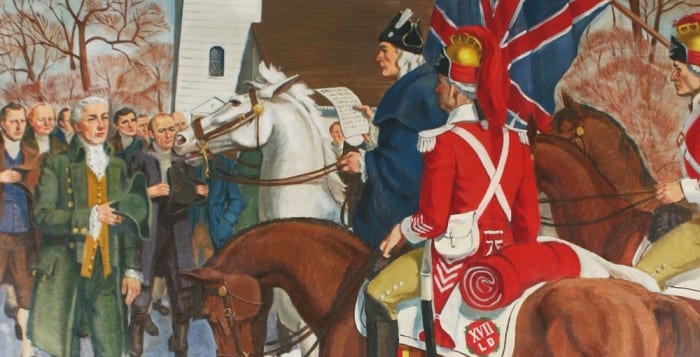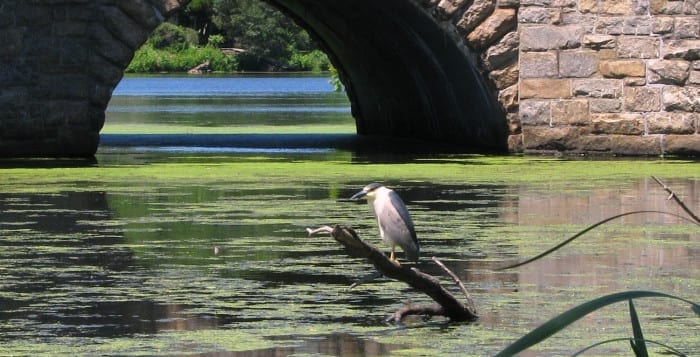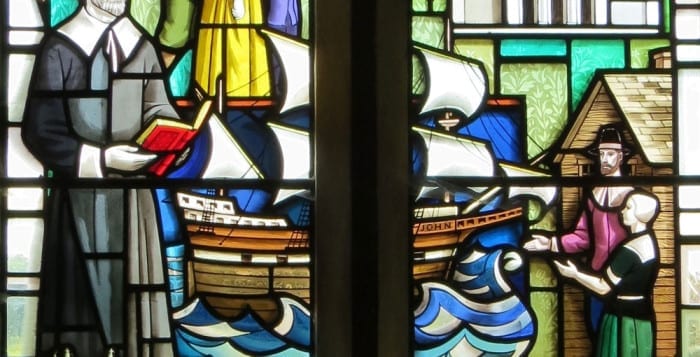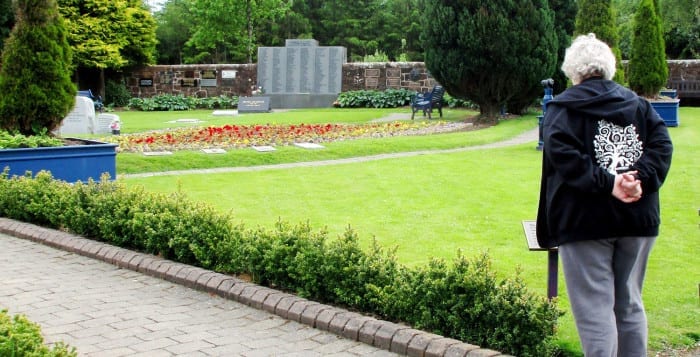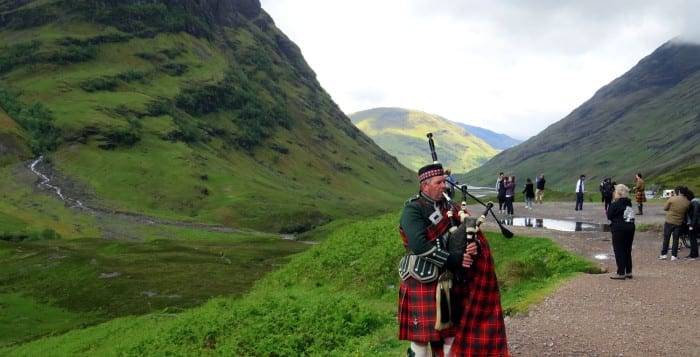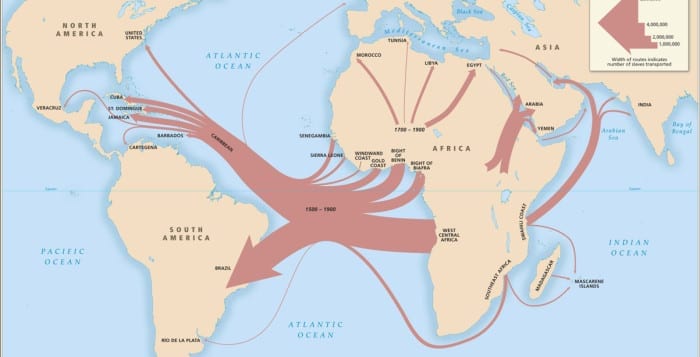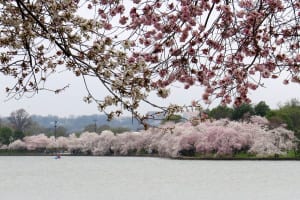By Beverly C. Tyler
During the Revolutionary War, a newspaper was published in New York City for the purpose of providing both news and gossip to British troops and American Loyalists. If such a paper existed in Setauket during the war, it might very well be called Setauket’s Loyalist Gazette and contain the following snippets of news.
Tavern keeper Austin Roe has been seen riding from Brooklyn to Setauket. It is such a long ride that he has been observed standing up in the saddle. He needs to be careful; he could fall off and break a leg.
Anna Smith Strong is raising six children by herself on Little Neck, now called Seaton’s Neck, while her husband Selah is in Connecticut. He is known to have Patriot leanings so he is smart to stay away. We don’t need any Washington rabble here on Long Island. When, and if, he does come home, he will find his wife has been doing just fine as a good Loyalist with British officers in her home (St. George’s Manor).
Abraham Woodhull is still a bachelor at age 28 in Setauket. At present [1778] he doesn’t seem to have any love interests at all. One wonders why he travels to New York City so often with Anna Smith Strong, his first cousin’s wife. They are both avid Loyalists, quite strange for Presbyterians. Maybe we should keep an eye on them as well as on all Presbyterians. And why not!
During the Battle of Setauket on Aug. 22, 1777, some of the Patriot troops had a bit of fun firing at the bell in the Anglican Caroline Church tower. The sound of the musket balls hitting the bell was quite loud. Let’s hope our Loyalist troops recover all of the lead bullets as they are now a bit short of ammunition. Get the lead out!
Loyalist Colonel Richard Hewlett has not been seen in Setauket since the fort was closed in the autumn of 1777. In the spring of ‘77, his troops barricaded the grounds around the church, tearing up and breaking off gravestones to use on the barricade. Now Rev. Tallmadge is trying to clean up the church sanctuary where the British stabled their horses. At least there is plenty of manure for Rev. Tallmadge’s garden.
Captain Caleb Brewster, a Continental Army officer, was noticed leaving Long Island’s shore near Setauket. He was obviously here with his whaleboat and crew to spy on British and Loyalist positions. Rumor has it that he has a number of Patriot contacts in Setauket and Old Mans [present-day Mount Sinai], and we do know that he is related to the Woodhulls, Strongs and Smiths in the area. Vigilance is the byword!
Benjamin Floyd, a vestryman at Caroline Church is a Loyalist lieutenant colonel and an all-around great guy. He is also now supervisor of the Town of Brookhaven [1777]. The town board is now solidly Loyalist. Floyd has been supplying vegetables and other farm products to all Setauket residents in need. Let’s hope they are all loyal Tories. Be careful Benjamin! What a guy!
Richard Woodhull, father of Loyalist farmer Abraham Woodhull, was recently attacked and beaten in his home by British soldiers looking for Abraham, who they expected to find at home working on his farm. According to the British soldiers, they really don’t like any Americans; so beating up a defenseless old man because he wouldn’t tell them where his son was is really no big deal.
A British foraging detail recently took all the cows, grain, hay, cordwood and tools from the farm of Setauket resident Jonathan Thompson and his son Samuel Thompson. The Thompsons had fled to Connecticut in 1776, following the glorious British victory at the Battle of Long Island in Brooklyn. Thompson received a chit, tacked to his door, promising payment when the British finally win.
Beverly Tyler is the Three Village Historical Society historian.

